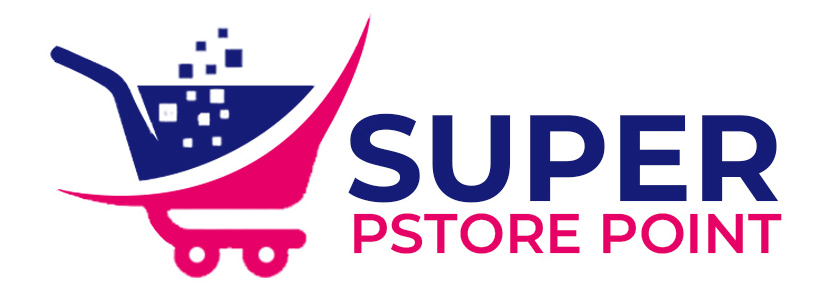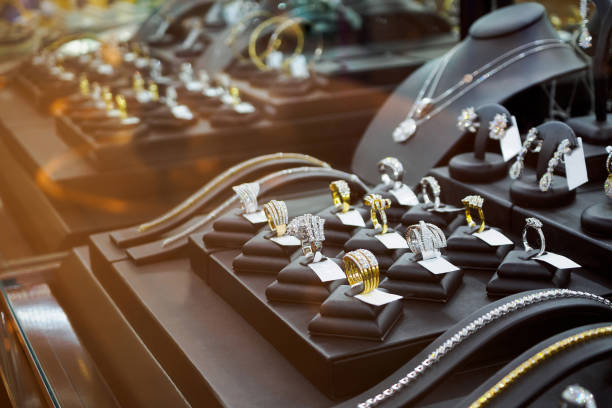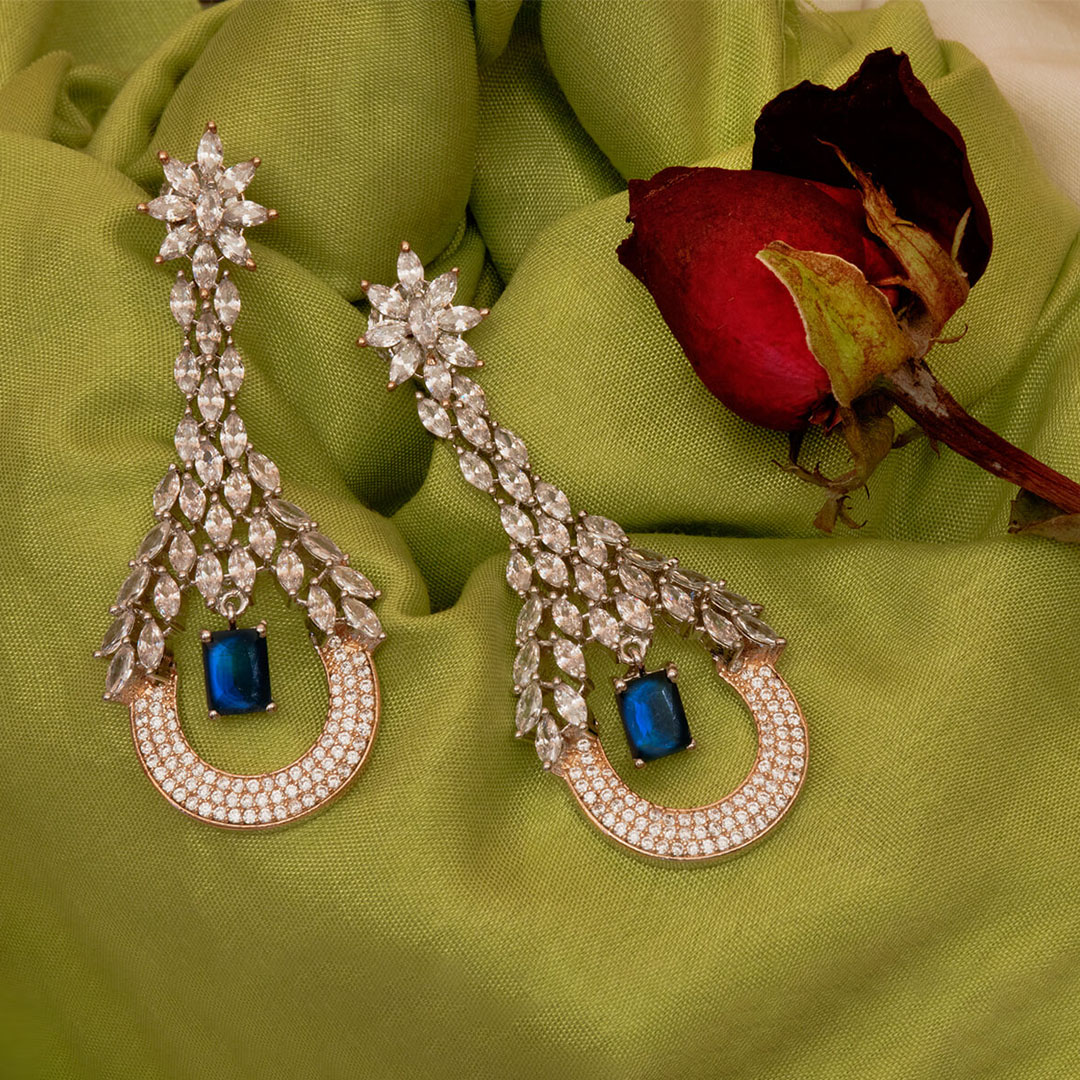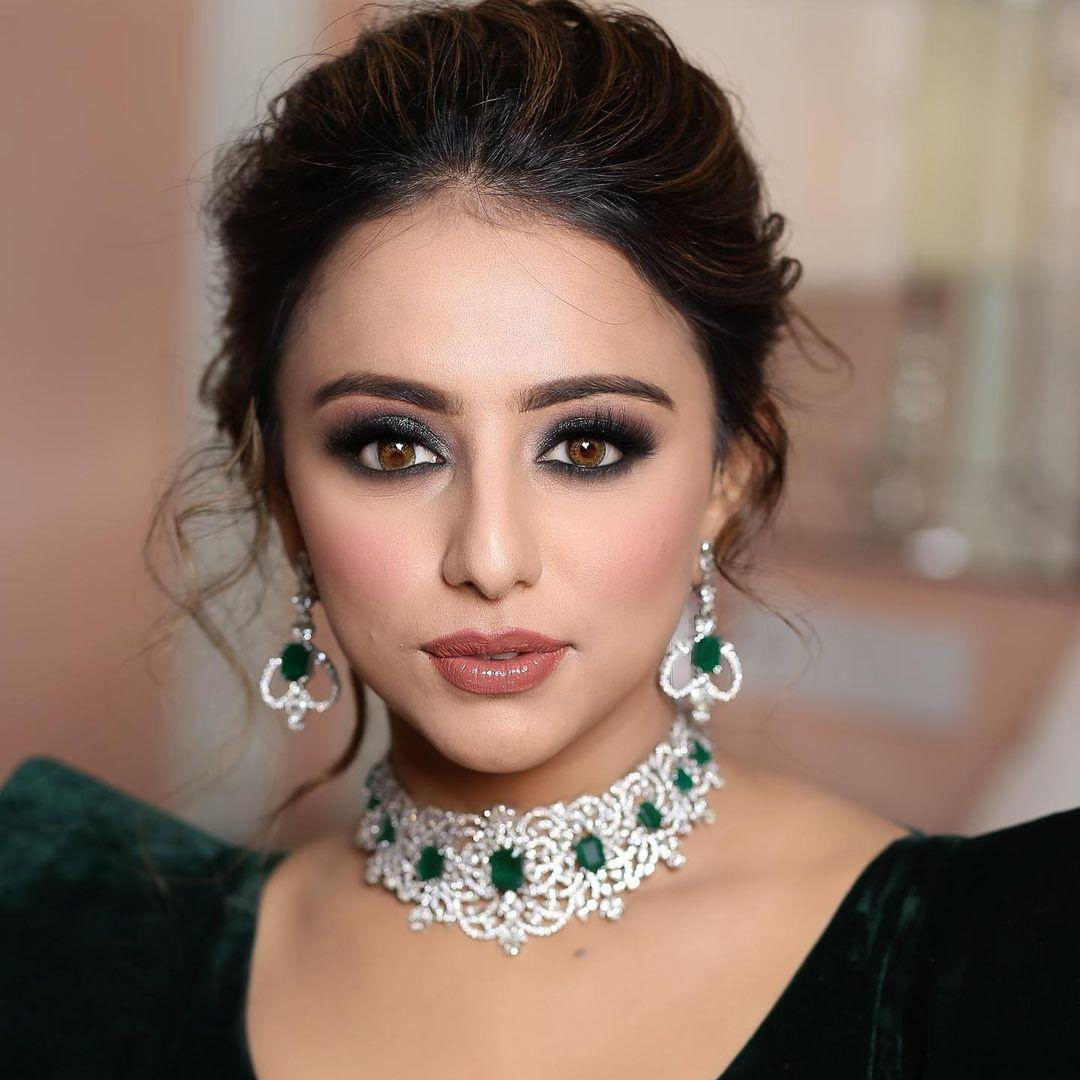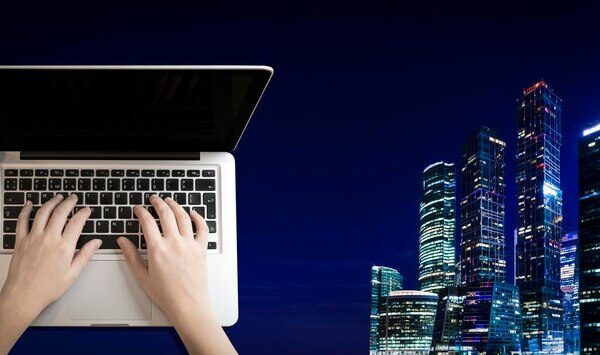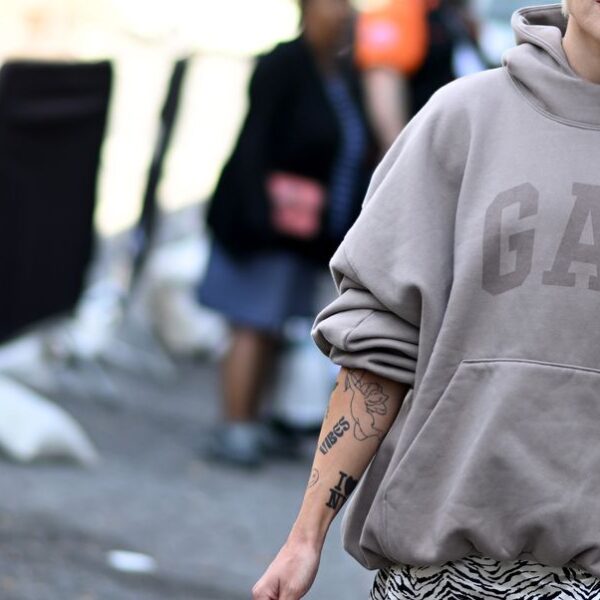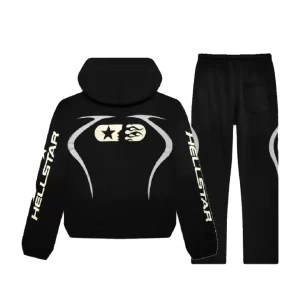The film and media industry in Dubai is rapidly evolving, embracing new technologies to enhance production quality and efficiency. One such technology is 3D printing, which has revolutionized set design.
This article explores the numerous benefits of 3D printing for set design in Dubai’s media productions, highlighting its impact on creativity, cost-efficiency, and sustainability.
Enhanced Creative Freedom
Customization and Intricate Designs
3D printing offers unparalleled creative freedom to set designers, enabling them to produce highly detailed and customized set pieces.
Traditional manufacturing methods often limit the complexity of designs, but 3D printing can bring even the most intricate ideas to life. This capability allows filmmakers in Dubai to create unique and visually stunning sets that stand out in the competitive media landscape.
Rapid Prototyping
The ability to quickly prototype designs is another significant advantage of 3D printing Dubai. Designers can produce multiple iterations of a set piece, experiment with different styles, and make necessary adjustments before finalizing the design. This iterative process fosters innovation and ensures that the final set piece perfectly aligns with the director’s vision.
Cost Efficiency
Reduced Labor Costs
3D printing significantly reduces the need for manual labor in set construction. Traditional set building requires skilled craftsmen to carve, mold, and assemble pieces, which can be time-consuming and expensive. In contrast, 3D printers can produce set pieces with minimal human intervention, cutting labor costs and accelerating the production timeline.
Material Savings
Traditional set construction often results in considerable material waste due to cutting and sculpting processes. 3D printing, on the other hand, uses only the necessary amount of material for each piece, minimizing waste and lowering material costs. This efficient use of resources is particularly beneficial in Dubai, where high-quality materials can be expensive.
Time Efficiency
Faster Production
The speed at which 3D printers can produce set pieces is a game-changer for the media industry. What used to take weeks or even months to build can now be created in a matter of days. This rapid production capability is crucial for tight filming schedules, allowing set designers to meet deadlines without compromising on quality.
On-Demand Manufacturing
3D printing enables on-demand manufacturing, meaning set pieces can be produced as needed rather than in large batches. This flexibility reduces storage costs and ensures that only the necessary items are created, aligning with the specific needs of each production phase. It also allows for last-minute changes without causing significant delays.
Sustainability
Eco-Friendly Materials
The film and media industry is increasingly focusing on sustainability, and 3D printing aligns with this trend by offering eco-friendly material options.
Biodegradable and recyclable materials can be used in 3D printers, reducing the environmental impact of set construction. Dubai’s media productions can thus adopt greener practices while still achieving high-quality results.
Reduced Carbon Footprint
3D printing reduces the need for transportation of set pieces, as they can be produced on-site or nearby. This localized production cuts down on the carbon emissions associated with transporting large and heavy set components. In a city like Dubai, where sustainability is a key concern, this reduction in carbon footprint is a significant advantage.
Precision and Consistency
High Accuracy
3D printing technology ensures high precision and consistency in the production of set pieces. Each piece is produced according to exact specifications, resulting in a flawless fit and finish. This precision is particularly important for complex set designs that require multiple interlocking components.
Consistent Quality
Consistency in quality is another major benefit of 3D printing. Traditional manufacturing methods can lead to variations in set pieces due to human error.
With 3D printing, each piece is created from the same digital file, ensuring uniformity and reducing the likelihood of discrepancies. This consistency enhances the overall professionalism and aesthetic appeal of the set.
Versatility
Wide Range of Materials
3D printing supports a wide range of materials, from plastics and resins to metals and composites. This versatility allows set designers to choose the most suitable material for each piece, balancing durability, weight, and appearance. Dubai’s film industry can thus create sets that are not only visually impressive but also structurally sound.
Adaptability to Various Genres
The adaptability of 3D printing makes it suitable for various film genres, from science fiction to historical dramas. Set designers can create futuristic props, period-accurate artifacts, and everything in between. This versatility ensures that 3D printing can meet the diverse needs of Dubai’s dynamic media industry.
Conclusion
The integration of 3D printing in set design offers numerous benefits for Dubai’s media productions, from enhanced creative freedom and cost efficiency to sustainability and precision. As the technology continues to advance, its impact on the film and media industry is expected to grow, enabling Dubai to maintain its position as a hub of innovation and excellence in media production.
By embracing 3D printing, filmmakers in Dubai can push the boundaries of creativity, streamline their production processes, and contribute to a more sustainable future.
